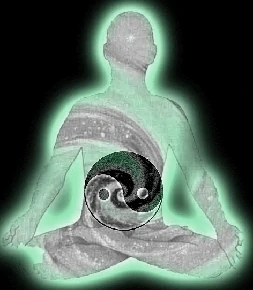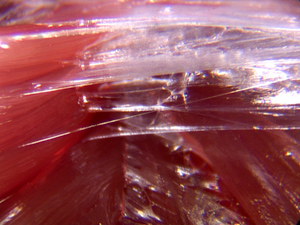Physiology of Tai Chi & Qi Gong
Dr. Roger Jahnke, of The Institute of Integral Qigong and Tai Chi, shares Eastern medicine as interpreted for the Western approach to medicine. What is Qi? Can it be explained in terms of functionality for Western science? In the video below, Dr. Jahnke proposes that the Eastern concept of Qi [...]


